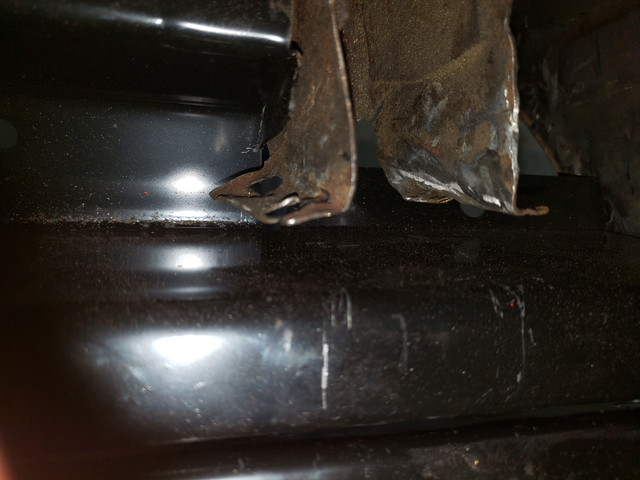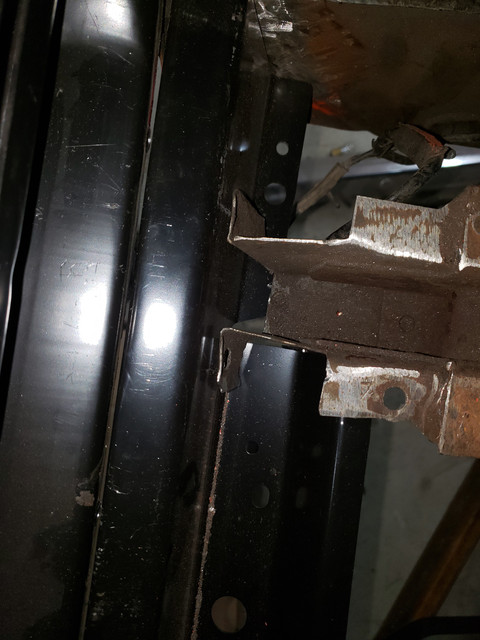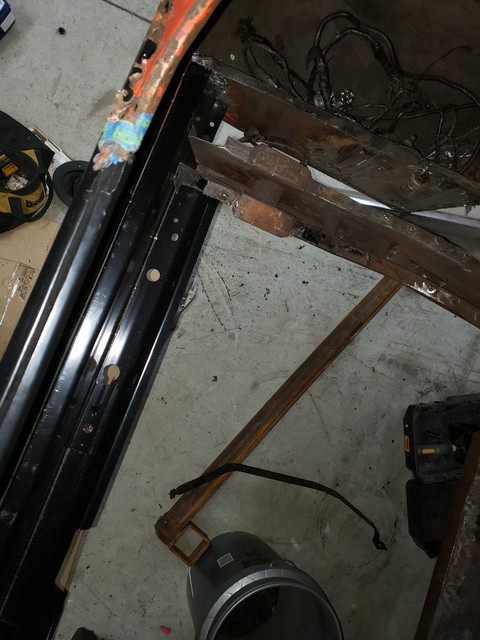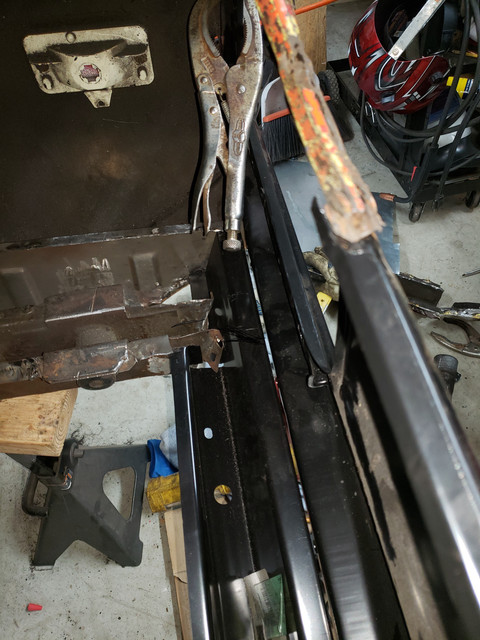Darren 72
Well-known member
Hi Guys,
Wondering if someone can shed some light on this. Dry fitting new tail piece and trunk cross rail . Noticed flanges from frame which are suppose to weld to trunk rail are off. Right side is off 1/2". Other side 1/4". I know the car has been hit and repaired on the right back side so maybe frame isn't right. Very bad repair. Discovered some crazy things when I pulled apart. Anyone else see this? Nothing ever fits right but wondering why its off two different measurements. I'm pretty sure new trunk rail has to line up to the end of the truck extension patches or the tail piece wont be flush to it.
Thanks,
Darren




Wondering if someone can shed some light on this. Dry fitting new tail piece and trunk cross rail . Noticed flanges from frame which are suppose to weld to trunk rail are off. Right side is off 1/2". Other side 1/4". I know the car has been hit and repaired on the right back side so maybe frame isn't right. Very bad repair. Discovered some crazy things when I pulled apart. Anyone else see this? Nothing ever fits right but wondering why its off two different measurements. I'm pretty sure new trunk rail has to line up to the end of the truck extension patches or the tail piece wont be flush to it.
Thanks,
Darren








